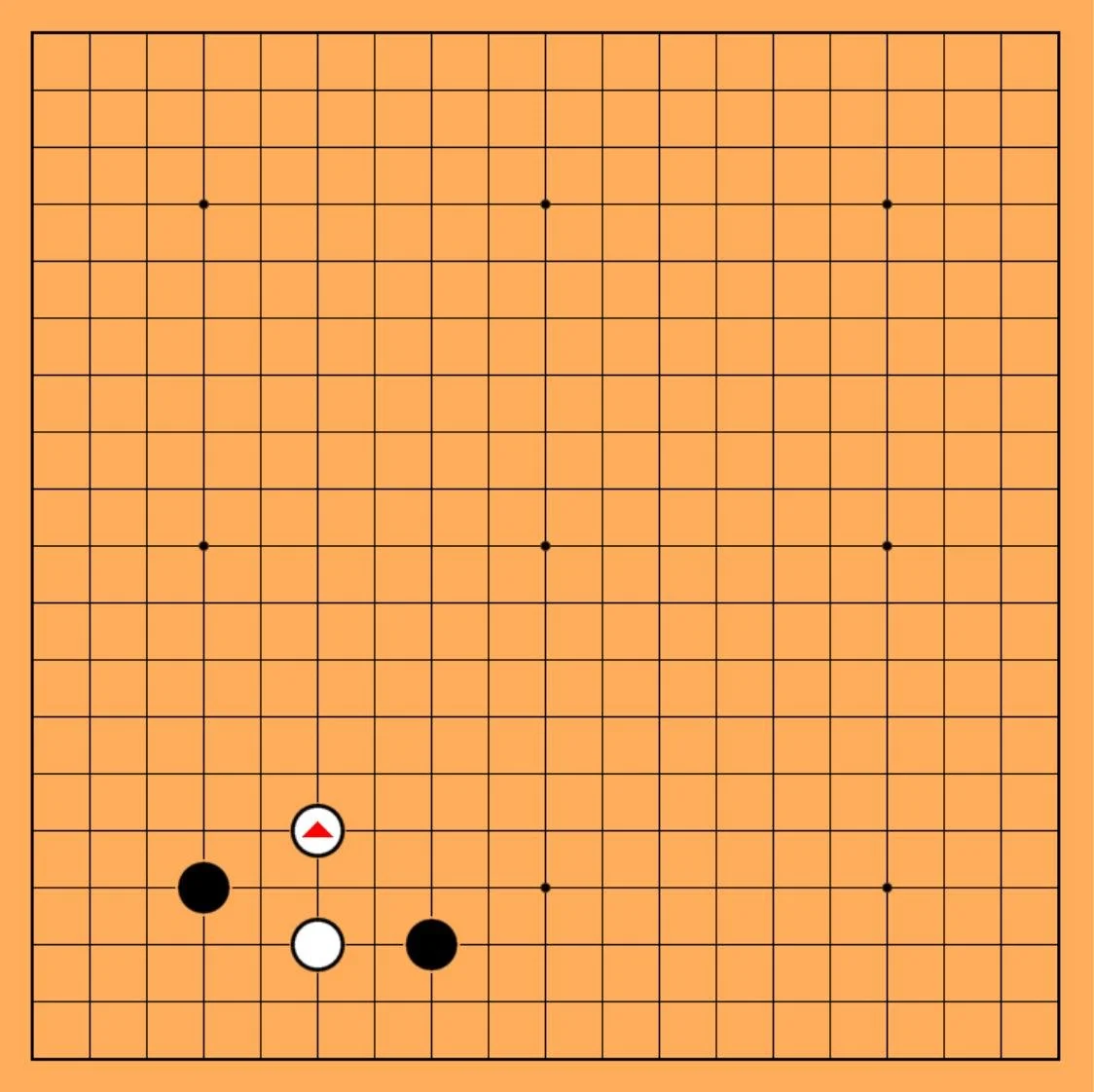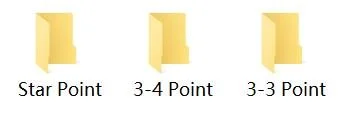Learning Method
Before we get into the actual lectures, I want to share a learning method that worked great for me.
In short, watch the project at least 2 times.
Although there are 29 lectures in this project, I highly suggest you watch all of them in one day. If you think that’s a bit overwhelming, then you may use a week to finish it.
When you are watching this project for the first time, you don’t need to try to memorize anything. Don’t even take notes. The point of binge-watching is to leave a strong impression of these josekis in your mind. I tried to make each lecture as short as possible and made as many cuts as possible so I can keep your attention.
If you only watch a few videos and come back a couple of days later, then you probably won’t have the motivation to sit through the whole thing anymore. You may even forget what you watched before, so I highly recommend you to binge-watch the whole project in 1 or 2 days.
7 days max
If you only watch the project one time, then you probably won’t remember most of the josekis. However, when you see these josekis in your games, you will have a rough idea of where to play. This will give you an edge over your opponent because the chances are, your opponent has absolutely no idea what’s going on while you at least have blurry vision.
When you are watching the project for the second time, this is the time when you actually memorize Josekis.
You don’t need to pull out your boards. All you need is software that can edit SGF files. I personally use SABAKI, but you may use any software that you are comfortable with.
When you are watching, I want you to record 1 variation of a joseki per SGF file, and give the file an extremely specific name. For example, If we are learning about this Joseki….
Each SGF file can only contain 1 variation and you need to name it as specifically as you can.
The reason for doing this is…
Recording 1 variation per SGF file and naming it with very specific names helps you to memorize the josekis.
2. If you put too many josekis in a single file, you will never be able to come back and study from that file because it is just too messy and confusing.
Once you finish watching a lecture and recording the josekis from that lecture, I want you to make a folder and organize those SGF files.
For example, The first folder’s name is ESSENTIAL JOSEKIS
I would name the SGF file as Star Point Low Approach One Space Low Pincer Jump (Proper Moves)
Then I would move on to another variation of this one where white makes a mistake, and I would name it as Star Point Low Approach One Space Low Pincer Jump (White Mistake 1)
After that, I would make another SGF file with white making a different mistake, and name it Star Point Low Approach One Space Low Pincer Jump (White Mistake 2)
If we have a potential mistake that can be made by the black player, then I would make another SGF file and name it Star Point Low Approach One Space Low Pincer Jump (Black Mistake 1)
You get my point
In that folder, create a couple of other folders and name them: STAR POINT, 3-4 POINT, and so on.
In each of the folders, create even more folders and name them like 3-4 Point Knight’s Approach, 3-4 Point One-Space Approach, 3-4 Point, Large Knight’s Approach…
Within those folders, you can get even more specific with the folder names, or you can start throwing in your SGF files in them.
This way, you get to efficiently organize the files, and this process also helps you to memorize the josekis.
After watching the whole project for the second time, play as many games as you can and try to use these josekis. Whenever you forget some josekis, you can go back to your folders to revisit them or come back to Simple Baduk to re-watch the lectures.
When you are practicing using newly learned josekis, I don’t really recommend you to play against other people because losing a couple of games will discourage you. But you really need to play as many games as possible…
So I would recommend that you get an app called Golaxy and play against bots. The bots in Golaxy are very human-like, but you are less likely to get pissed off after losing a few games to bots compared to losing to other human beings. So you can just resign and immediately start the next game. The goal is to play at least 5 games per day.
If you prefer playing on your PC, here is a link: 19x19.com
Let’s recap
When you are watching the project for the first time, try to finish the whole thing within 3 days.
When you are watching the project for the second time, record 1 variation per SGF file and name the files as specifically as you can, and nicely organize them in your nicely named folders.
After watching the project for the second time, try to play as many games against bots as possible to solidify your memory. Whenever you skip out on some josekis, either go back to your SGF folder to revisit or come back to Simple Baduk to rewatch the whole lecture on that joseki.
This learning method helped me to learn a lot of josekis with minimum effort, and I believe it should help you to learn the josekis very efficiently.
Must-Know Concept
Basics & Recommended Follow-ups
One-Space Low Pincer
Two-Space High Pincer
Essential 3-3 Invasion Variations
2-4 & 2-5 Invasion Variations
Not-Recommended Joseki
Must-Know Concept
3-4 Point Basics
Simplifying Pincers
One-Space Low Pincer
Two-Space High Pincer
Large Kinght’s Approach
Common Trick-Plays
There really isn’t much to say about 3-3 points.
Try not to start your game with 3-3 points unless you are Cho Chikkun.
3-3 Point Basics
It is going to take forever to explain how to use opening strategies because they have numerous variations and branches…
However, it doesn’t take much time to explain how to ruin other people’s opening strategies :D
Kobayashi Opener
Mini-Chinese Opener
Chinese Opener
Three-Star Opener
Unorthodox Opener 1:
Double Chinese Opener
Unorthodox Opener 2:
Double Kobayashi Opener
Note 1: I highly recommend you to use these 2 unorthodox openers in your games. They work like magic in kyu & low dan games. As long as your opponents don’t know how to properly deal with these openers, you are going to have a huge advantage. Whatever your opponent plays, just pincer him/her and see what happens. You will be happy with your result.
Note 2: With the Double Kobayashi Opener, you will be able to easily form a Mini Chinese later in the same game too. This game should be an extreme pain for your opponent if he/she doesn’t know how to deal with this opener!
3-5 Point Opener
4-5 Point Opener
Note 3: It’s not very common for black players to choose 3-5 or 4-5 points because black has better openers than 3-5 and 4-5 openers. If you see your opponent plays 3-5 or 4-5 points as black, then remember to don’t immediately invade the corner. Use the methods I shared in these videos to slowly reduce your opponent, and the game will be good for you.


































